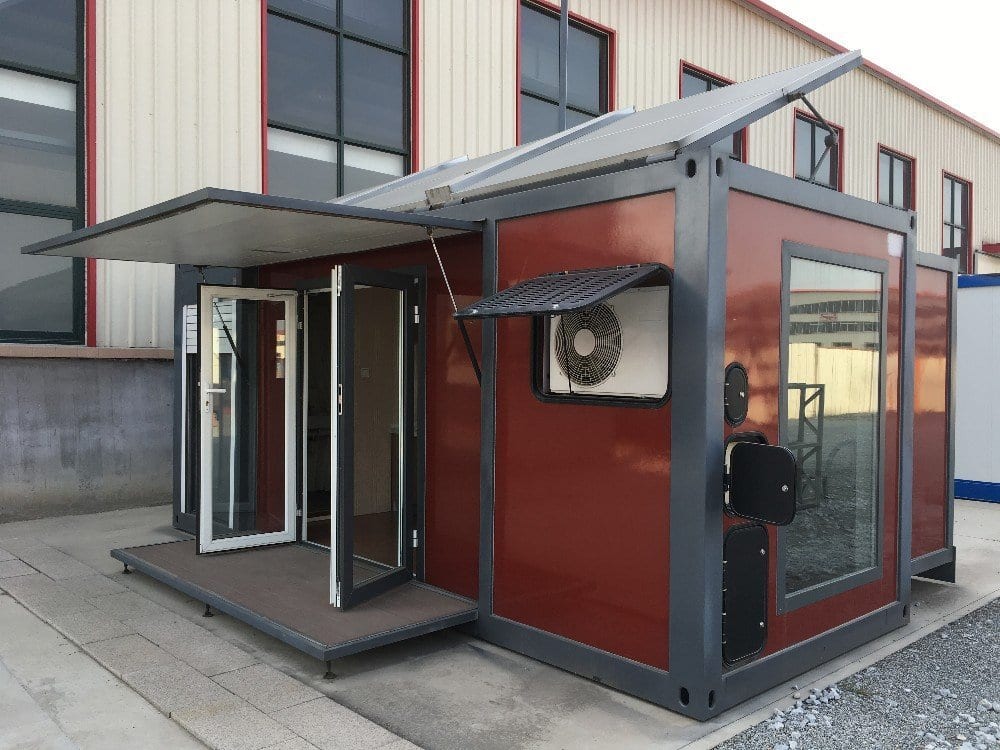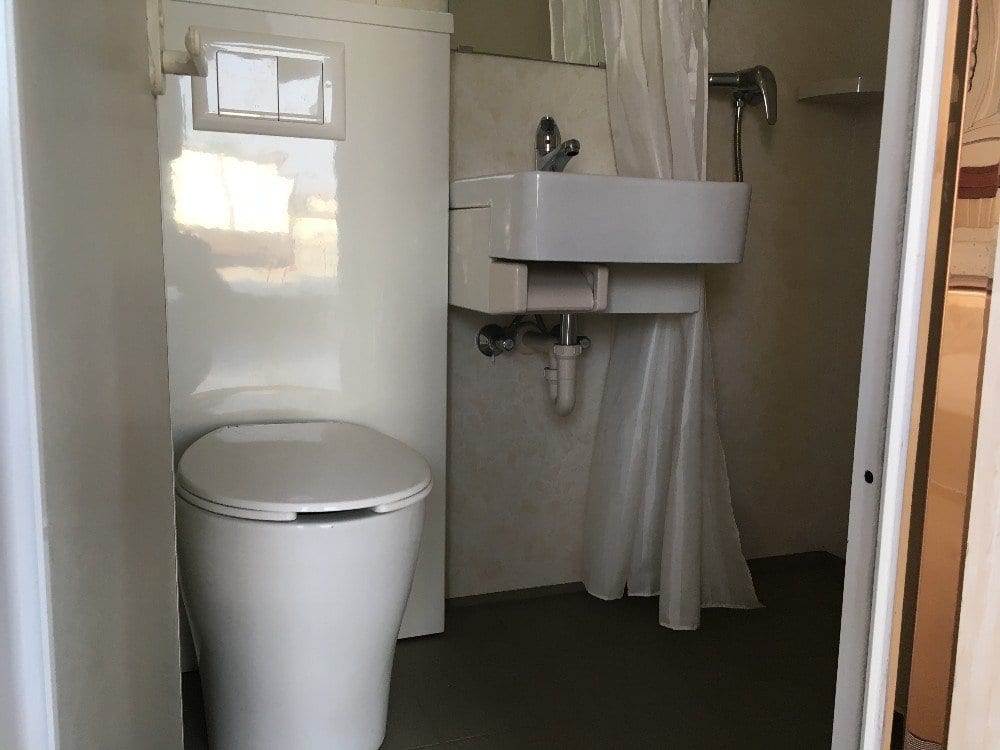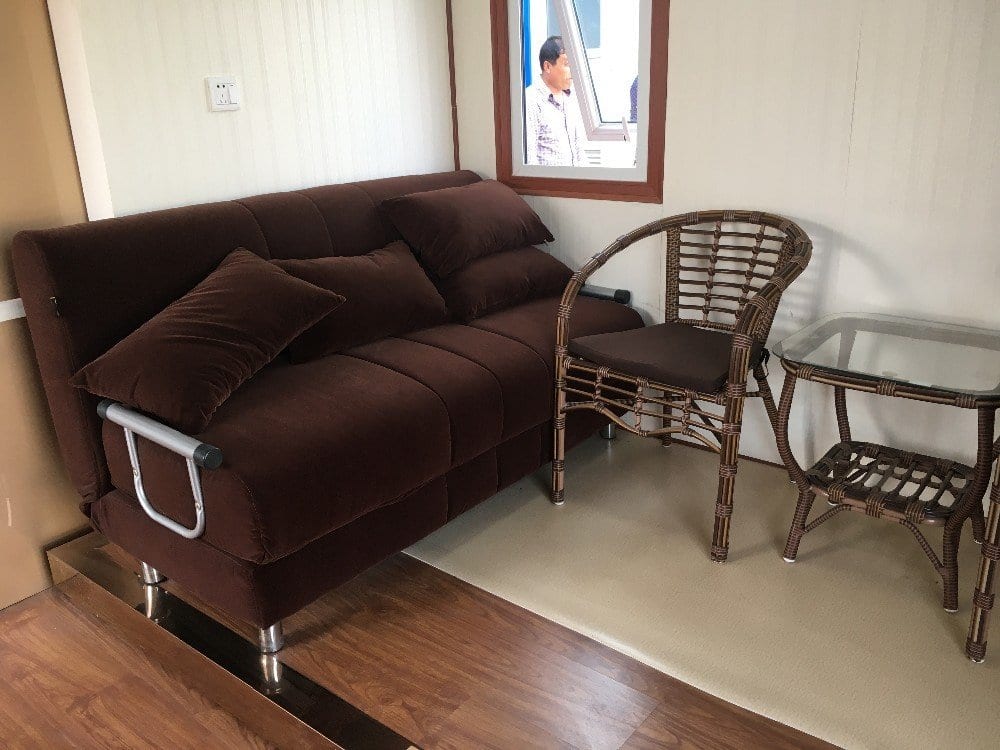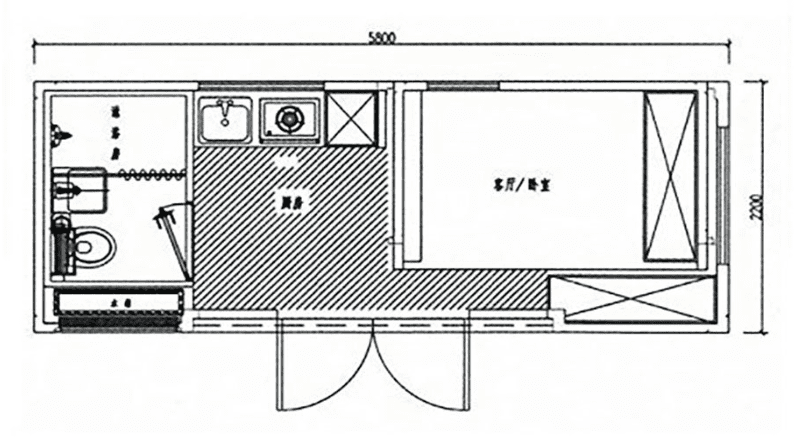It must’ve been about 1984 when my older brother Rich got a Walkman for Christmas. I was mesmerized by it. Of course, I wasn’t allowed to touch it, but I did admire it from afar until I got my own a few years later and started amassing a killer tape collection featuring hand-me-downs from Rich like AC/DC, The Ramones, and other bands that warped my young mind.
But I digress. We should all be excited that Sony announced it is releasing a Walkman to celebrate the original Walkman’s 40th anniversary. The original Sony TPS-L2 debuted in 1979 and quickly changed the electronics game. It was the first truly portable personal tape player, and it quickly became a staple of music lovers everywhere.
At the IFA electronics trade show in Berlin last week, Sony announced it is releasing a new version of the groundbreaking Walkman. The new Sony NW-A100TPS Walkman looks pretty amazing and is powered by Android.
Sony releases a Walkman for its 40th anniversary.The Sony Walkman is back.The electronics maker will release a new…
Posted by HOT 102 on Tuesday, September 10, 2019
It features a cassette tape interface, and the case has a 40th-anniversary logo on the back. It also has an S-Master HX digital amplifier to give listeners high-res audio, a processor to give compressed audio tracks a higher quality, and a vinyl processor that gives digital tracks a vinyl-like quality.
It also has 26 hours of battery life.
Here’s a video of the new Sony Walkman in action.
I don’t know about you, but my nostalgia just kicked into high gear, and I’m gonna need to get my hands on one of these!
Exciting!
The post Sony Has a New Walkman to Commemorate Its 40th Anniversary appeared first on UberFacts.

 The way we experience music would never be the same
The way we experience music would never be the same  #sonywalkman #40years #sony #walkman #cassetteculture #cassetteigclub #cassettestoreday #cassettecommunity #cassettecollector #tapeheads #tapes #cassettelove #
#sonywalkman #40years #sony #walkman #cassetteculture #cassetteigclub #cassettestoreday #cassettecommunity #cassettecollector #tapeheads #tapes #cassettelove # #krugernationalpark . . . . . . #elephant #elephants #krugerpark #kruger #exploresouthafrica #exploreafrica #wild4photosafaris #womenphotographers #canon #canoneos5dmarkiii #canoneos5d #safari #big5 #animalsofkruger #elephantsofkruger #africanelephant #africanelephants #getoutside
#krugernationalpark . . . . . . #elephant #elephants #krugerpark #kruger #exploresouthafrica #exploreafrica #wild4photosafaris #womenphotographers #canon #canoneos5dmarkiii #canoneos5d #safari #big5 #animalsofkruger #elephantsofkruger #africanelephant #africanelephants #getoutside











 . . . . . #Starbucks #Coffee #CoffeeTime #CoffeeLover #CoffeeAddict #CoffeeShop #CoffeeBreak #InstaCoffee #Coffeegram #CoffeeLovers #CoffeeLove
. . . . . #Starbucks #Coffee #CoffeeTime #CoffeeLover #CoffeeAddict #CoffeeShop #CoffeeBreak #InstaCoffee #Coffeegram #CoffeeLovers #CoffeeLove